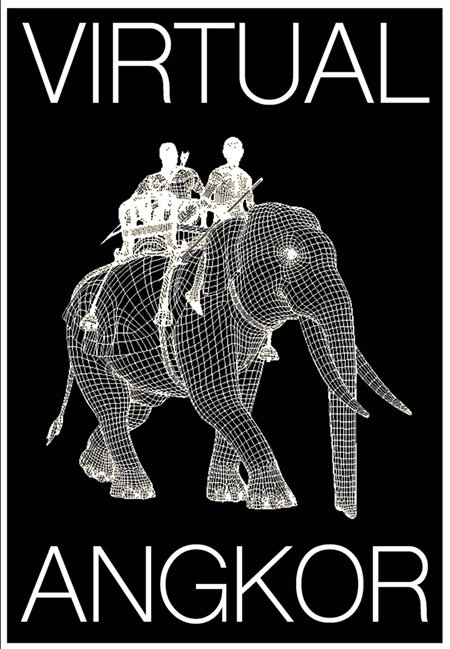Theme Three: Architecture and Power
Power was tied closely to construction and architecture as each Khmer king built ever more extensive and elaborate temple complexes to reinforce their divine kingship and to ensure that they would be remembered for years to come. Angkor Wat was perhaps the greatest of these massive construction projects. It was also unique in the symbolic meaning weaved into its architecture. Examine the video and article below and answer the following questions:
Readings
Excerpts from Roland Fletcher, Damian Evans, Christophe Pottier and Chhay Rachna, ‘Angkor Wat: an introduction,’ Antiquity 89, no. 348 (2015): 1388-1401.
Angkor Wat was an elaborate ritual, iconographic and cosmological construct (Roveda 2002). The complexity and sophistication of the monument is apparent in many ways, from remarkable visual effects to intensely abstruse geometry. Such an effect occurs when the late afternoon sun shines through the carved pillars in the windows of the galleries, producing shadows in the shape of the central towers from the profiles of the pillars, and is repeated thousands of times down the corridors. As with other Khmer temples, the main temple is not quite symmetrical. For example, in the western and eastern frontages, the gallery on the north side has 20 pillars whereas the southern one has 18. This feature cannot be accidental. The reason for the asymmetry is unclear, although Kak (1999: 119 & 122) has proposed that an asymmetry in the axes of the central tower relates to the temporal asymmetry of the two parts of the year in Satapatha astronomy. Another proposal concerning temporal cosmology was made in the 1970s by Robert Stencel and colleagues, suggesting that the divisions between the sectors of the main western causeway of Angkor Wat correspond to the proportional duration of the successive yuga, or ages, of the Hindu cosmology (Stencel et al. 1976: 786). On a physically grander scale, the entire layout of Angkor Wat—as with all the major state temples, a pyramid mountain surrounded by a moat—is considered to correspond with the cosmology of Mount Meru and the surrounding Sea of Milk from which ambrosia was churned by the gods and demons (Glaize 1944: 36–38; O’Naghten 2000).
Beyond the immediate vicinity of the temple, Angkor Wat was also enmeshed within the cosmology and symbolism of the urban landscape and the water network. Two shrines of the Angkor Wat style, Thommanon and Chau Say Tevoda, lie on either side of the east–west axial road between the Royal Palace and the East Baray. Farther east, the shrine of Banteay Samre was located at the south-east corner of the East Baray, and beyond the baray, the road to the east continues through another shrine in the style of Angkor Wat at Chau Srei Vibol, which forms an eastern boundary to Greater Angkor. To the west, the great reclining statue of Vishnu, which was located on the West Mebon in the middle of the West Baray, is known to have superseded an earlier configuration consisting of a large, upright, cylindrical stone column (Pascal Royere pers. comm.). The statue, which is conventionally ascribed to the mid-eleventh century because of its Baphuon style, may instead have been emplaced in the early twelfth century as part of a resumption of the ritual and water management landscape in the reign of Suryavaraman II (Feneley 2014).
Questions
Note the sheer size and scale of Angkor Wat. What does Angkor Wat tell us about the development of the Khmer Empire? What does this tell us about Suryavarman II, the king that commissioned the construction of the temple?
What theories have scholars advanced about the broader meaning and implications of Angkor Wat’s architecture?
What was the relationship between architecture, religion and power in twelfth century Angkor?
Consider the symbolic power of grand construction projects like Angkor Wat. Can you think of any parallels?
Scholars have described Angkor Wat as “an elaborate ritual, iconographic and cosmological construct”. What evidence can you find for this in the article?
Examine the video below or move onto the next module.

